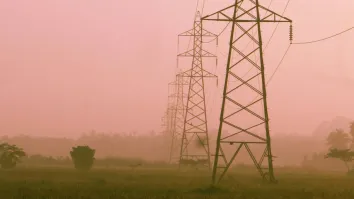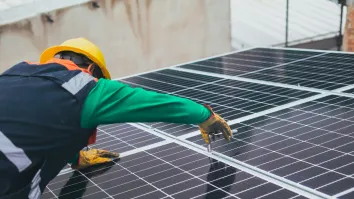India's economic growth fuels electricity demand surge
Economic recovery and increased cooling needs fuel rising electricity consumption.
India's electricity demand has grown at an annual rate of 8% over the past two financial years, substantially outpacing the global average of 2% to 2.5% during the same period.
Neshwin Rodrigues, Electricity Policy Analyst at Ember India, attributes this robust growth primarily to the post-COVID economic recovery. "This growth has been driven by mostly economic growth post-COVID, with the commercial sector showing the highest percentage growth, followed by the domestic sector," he explained.
An additional contributing factor is the increasing demand for space cooling, which has seen one of the highest growth rates in recent years. Efforts to enhance last-mile connectivity and expand electricity access have also played a crucial role in boosting demand in the domestic sector.
Karnataka and Gujarat have been at the forefront of integrating renewable energy sources into their power sectors, leveraging their natural advantages in solar and wind resources. "Karnataka and Gujarat have been able to add solar and wind capacity due to the natural advantage. They possess some of the best wind and solar resource sites in the country," said Rodrigues.
Gujarat has added substantial renewable energy capacity, trailing only Rajasthan, while Karnataka is one of the largest consumers of solar-based power in India. Both states have also made significant strides in energy efficiency, essential for reducing carbon emissions amid growing demand.
"Gujarat's distribution utility has shown very strong financial performance, and Karnataka has developed a robust EV ecosystem supporting the broader goal of decarbonizing both the transport and power sectors," Rodrigues noted.
As states increasingly purchase renewable energy, balancing the need for rapid decarbonization with ensuring reliable electricity supply becomes critical. "Balancing this becomes extremely important as states purchase more and more renewables, due to the natural intermittency and variability that comes with solar and wind," Rodrigues emphasised.
To address these challenges, there is a growing focus on resource adequacy planning at both the state and national levels in India. This planning aims to ensure that electricity generation meets demand at all times, across various seasons. "We expect to see states adding more dispatchable renewable energy through storage, as well as better planning the use of coal and hydro capacity to ensure that reliability is not compromised as renewable penetration in the grid increases," he elaborated.



















 Advertise
Advertise








Commentary
How pump retrofits boost profitability and efficiency in ageing power plants